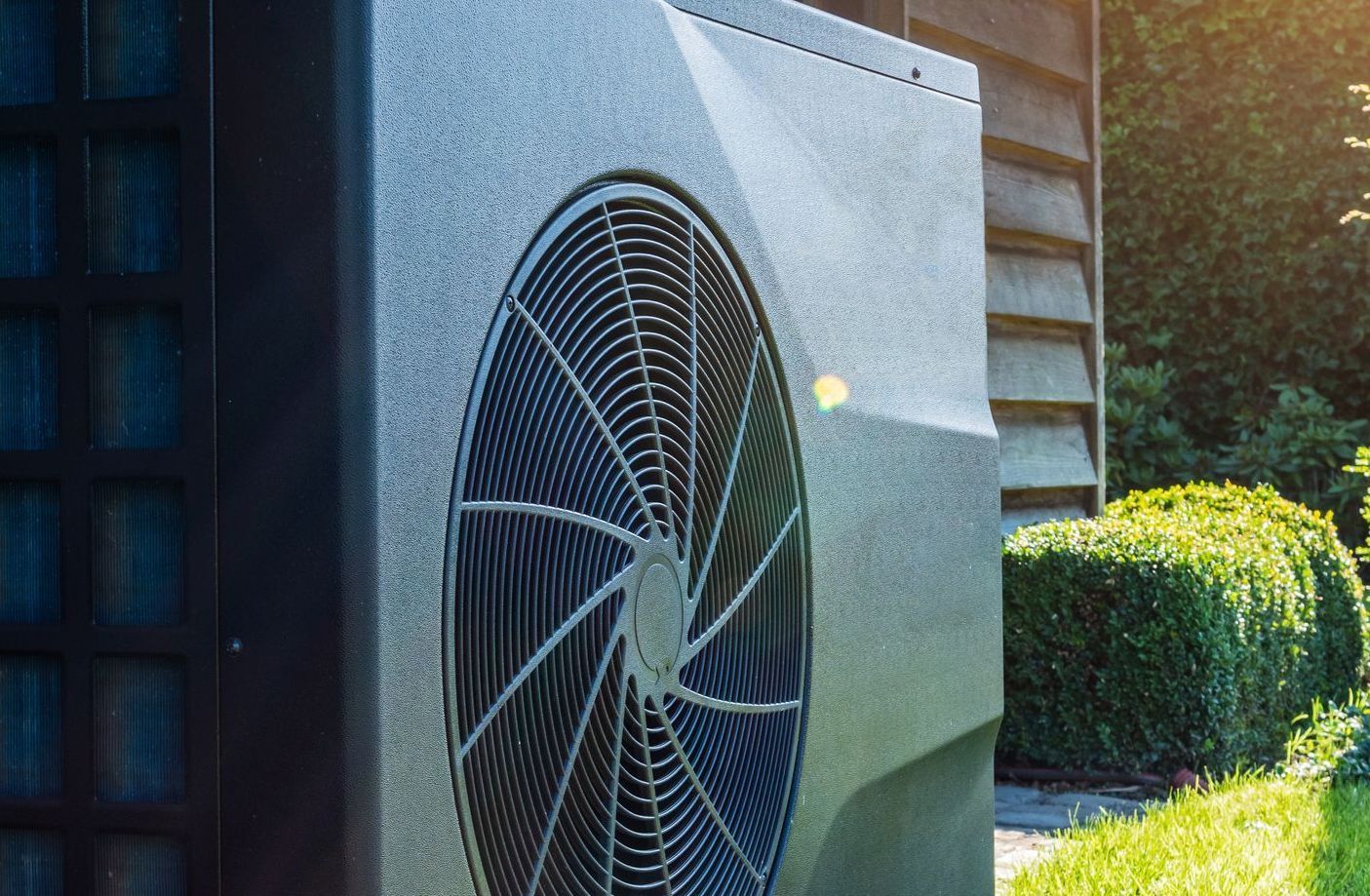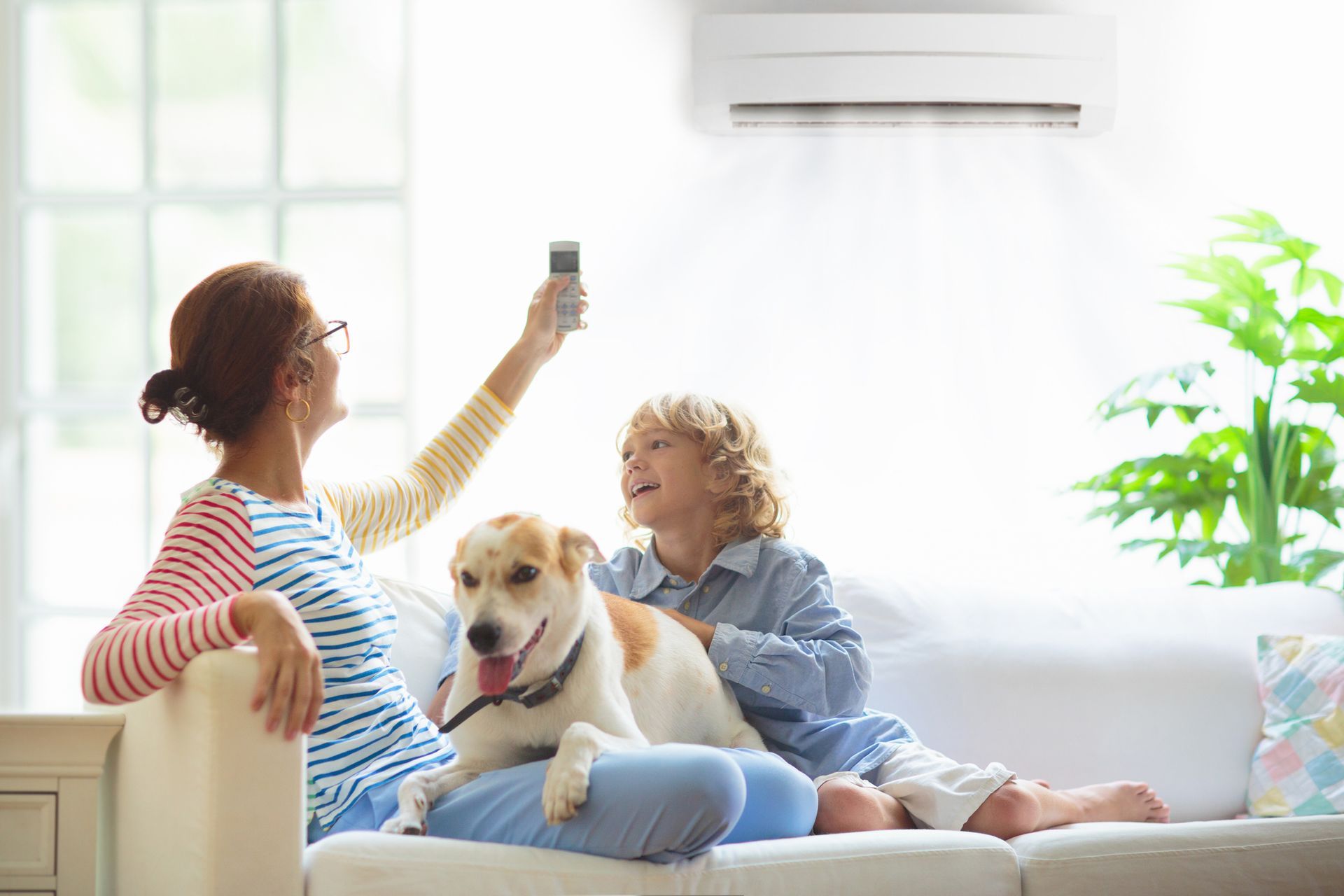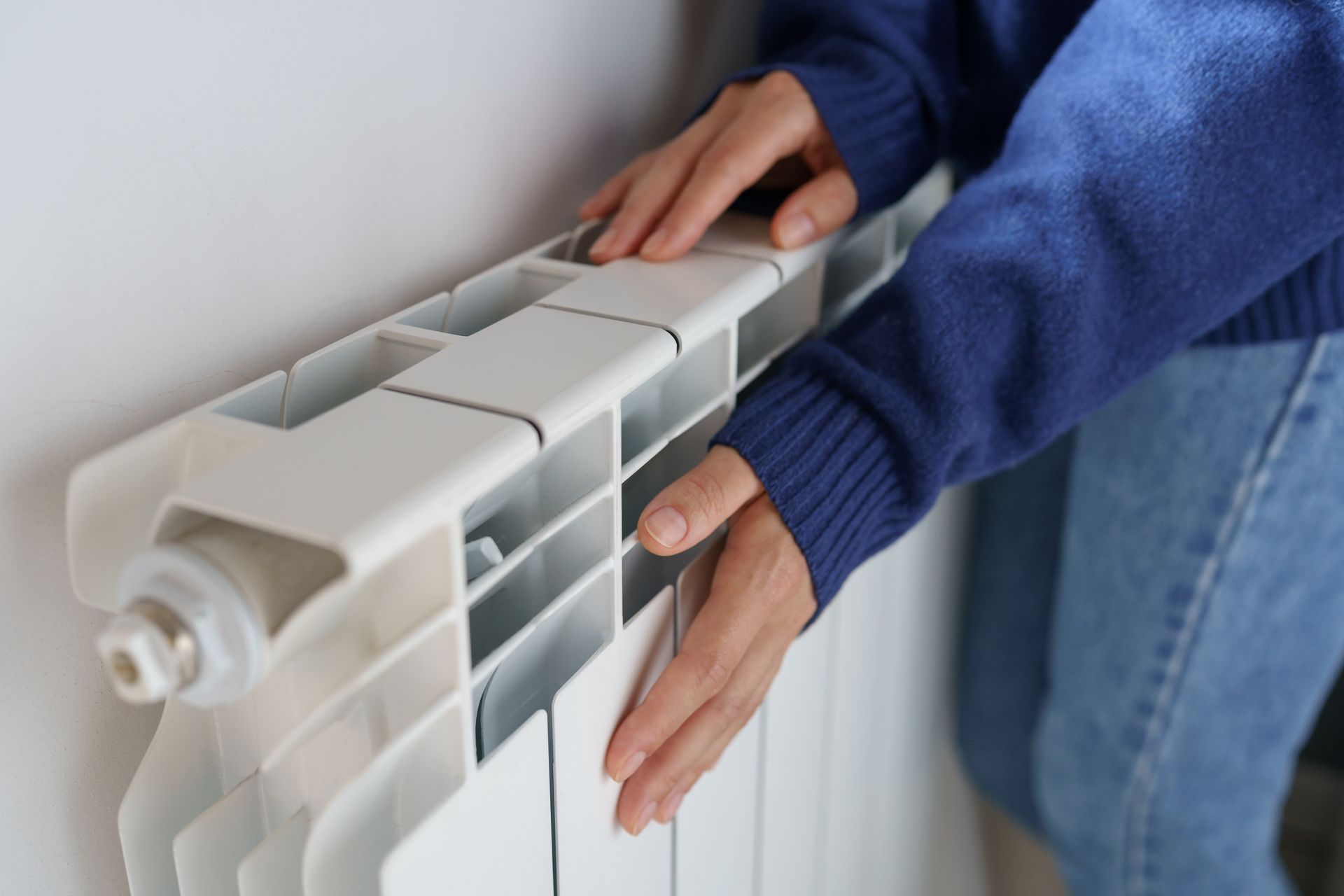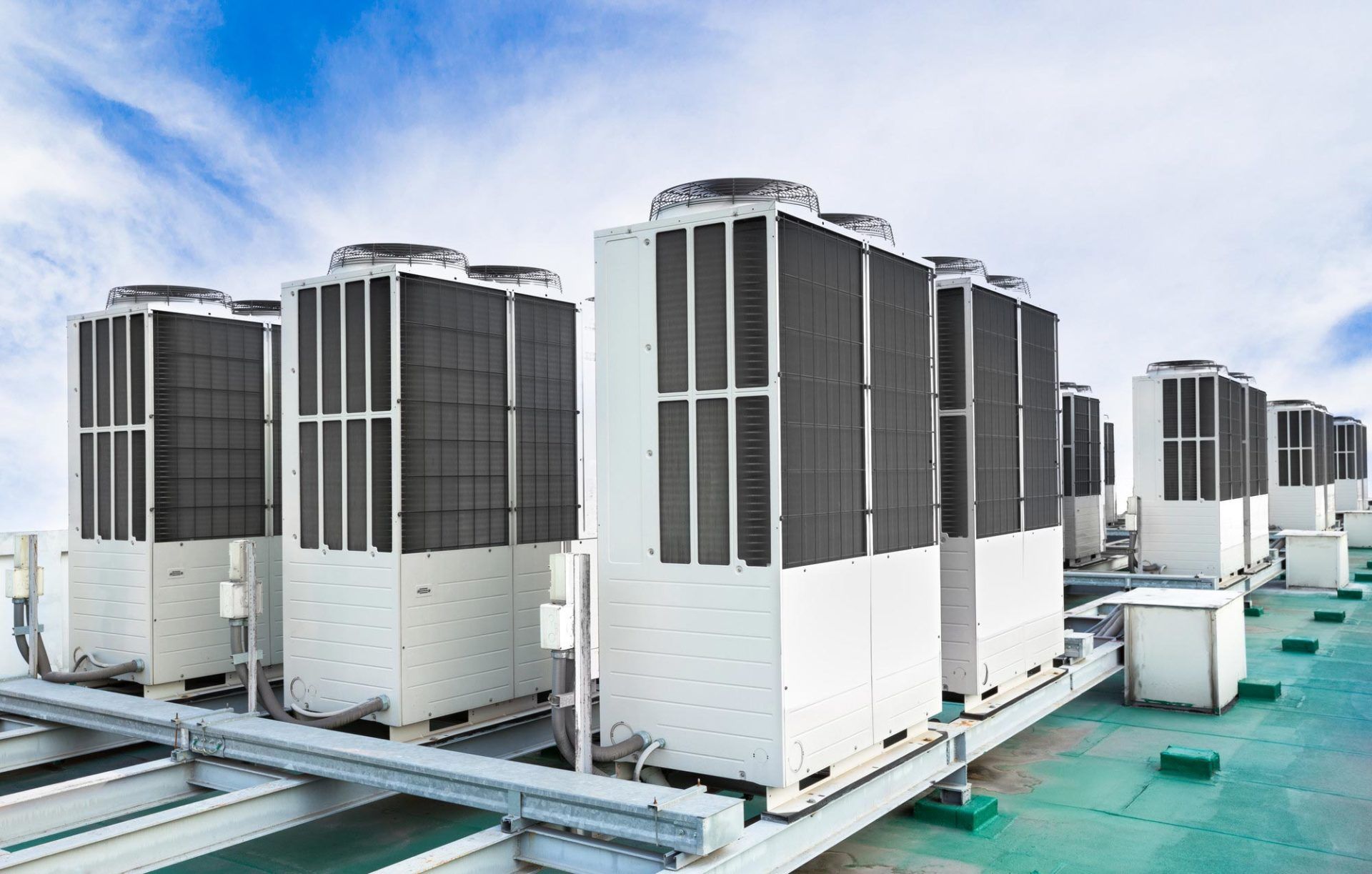
Unlock Year-Round Comfort: Your Comprehensive Guide to Heat Pump Installation
Introduction:
Are you tired of dealing with skyrocketing energy bills or unreliable heating and cooling systems? Heat pumps might just be the solution you've been looking for. In this post, we'll explore the ins and outs of heat pump installation, helping you make an informed decision that can transform your home's comfort and efficiency.
Why Choose a Heat Pump?
Before delving into the installation process, it's essential to understand why heat pumps are gaining popularity in the world of home heating and cooling. Heat pumps offer significant advantages, including energy efficiency, year-round comfort, and environmental sustainability. They work by transferring heat from one area to another, making them an eco-friendly alternative to traditional Heating systems.
Step 1: Assessing Your Needs
1.1. Climate Analysis:
We begin by analysing your local climate. Consider the temperature range, humidity levels, and any extreme weather conditions that might affect your heating and cooling needs.
1.2. Home Size and Layout:
Assess the size of your home and its layout. Different areas may have varying heating and cooling requirements, we take note of any rooms that may require special attention.
1.3. Insulation and Energy Efficiency:
We evaluate the insulation in your home. Proper insulation helps maintain a stable indoor temperature and improves energy efficiency. Identify areas where insulation may need improvement.
1.4. Existing System:
If you have an existing Heating system, assess its condition and performance. This information will help determine whether a complete replacement or integration with a heat pump is more suitable.
Step 2: Choosing the Right Heat Pump
2.1. Types of Heat Pumps:
Explore the different types of heat pumps available, such as air source and ground source. Understand their pros and cons, including energy efficiency and installation requirements.
2.2. Sizing Considerations:
Sizing your heat pump appropriately is critical. Oversized or undersized units can lead to inefficiency and discomfort. Factors like home size, insulation, and climate should all be considered.
2.3. Efficiency Ratings:
Research the efficiency ratings of heat pumps, such as SEER (Seasonal Energy Efficiency Ratio) and HSPF (Heating Seasonal Performance Factor). Higher ratings indicate greater energy efficiency.
Step 3: Professional Installation
3.1. Certified MCS Installers:
We are certified and experienced MCS Heat Pump installers. We have the necessary skills and knowledge to install the system correctly.
3.2. Permits and Approvals:
Obtain any required permits and approvals from local authorities before installation begins. Compliance with regulations is crucial to avoid legal issues and Grant approval.
Step 4: Installation Process
4.1. Site Preparation:
The installation process begins with careful site preparation. Engineers will select an optimal location for both the indoor and outdoor components of the heat pump.
For an air source heat pump, the outdoor unit is typically placed in an area with good airflow, free from obstructions like tall grass or debris.
Ground source heat pumps require digging trenches or drilling boreholes to install ground loops or wells, so this step involves more extensive preparation.
4.2. Mounting the Outdoor Unit:
Once the site is prepared, the outdoor unit is securely mounted on a level surface. This ensures stability and efficient operation.
Technicians will also ensure proper clearance around the unit to maintain adequate airflow for optimal performance.
4.3. Connecting Refrigerant Lines/ plumping pipework and Electrical Wiring:
Refrigerant lines or plumping pipework and electrical wiring are crucial components of the heat pump system. These lines connect the outdoor and indoor units.
Installers carefully insulate and connect these lines, ensuring they are properly sealed to prevent refrigerant leaks.
Electrical connections are made according to manufacturer specifications and local electrical codes.
4.4. Installing the Indoor Unit:
For ductless or mini-split heat pumps, the indoor unit is typically mounted on a wall or ceiling inside the home. The positioning of the indoor unit is important for even distribution of conditioned air.
In the case of Air to Water Heat Pumps, you may choose a mono block type system when internal space is limited or a split type system. Both systems have pros and cons so it is essential the right system is selected.
4.5. System Testing:
After all components are installed and connected, the entire system undergoes thorough testing. This includes checking refrigerant levels, verifying electrical connections, and testing the heating and hot water flow.
Engineers will also calibrate the system for optimal performance, ensuring that it maintains the desired temperature efficiently.
4.6. User Training:
Before completing the installation, Engineers will provide homeowners with training on how to use and maintain the heat pump system.
This includes guidance on setting temperatures, using programmable thermostats, and basic troubleshooting.
4.7. Clean-Up and Final Inspection:
Engineers will clean up the installation site, removing any debris or equipment.
A final inspection is conducted to ensure all components are installed correctly, and the system operates as expected.
4.8. Documentation:
Comprehensive documentation of the installation, including system specifications, warranty information, and maintenance guidelines, is provided to the homeowner.
By following these detailed steps, a professional heat pump installation ensures that your system operates efficiently, providing you with reliable heating and cooling for years to come.
Step 5: Post-Installation Care
5.1. Regular Maintenance:
Develop a schedule for regular maintenance, which may include cleaning filters, checking for refrigerant leaks which must be done by an F-gas certified Engineer, and inspecting electrical connections. Regular maintenance extends the lifespan and efficiency of your heat pump.
5.2. Professional Maintenance:
You’ll need to schedule a professional Maintenance at least once a year. Engineers can identify and address potential issues before they become major problems.
Conclusion
In summary, a well-planned and professionally executed heat pump installation can revolutionize your home's comfort while significantly reducing your energy bills. It's a long-term investment that pays off in both comfort and sustainability. To learn more about heat pump installations and how it can transform your home, visit our website for expert advice.
ProEco-services.co.uk
Don't miss out on the benefits of a heat pump – start your journey towards year-round comfort and energy savings today!


